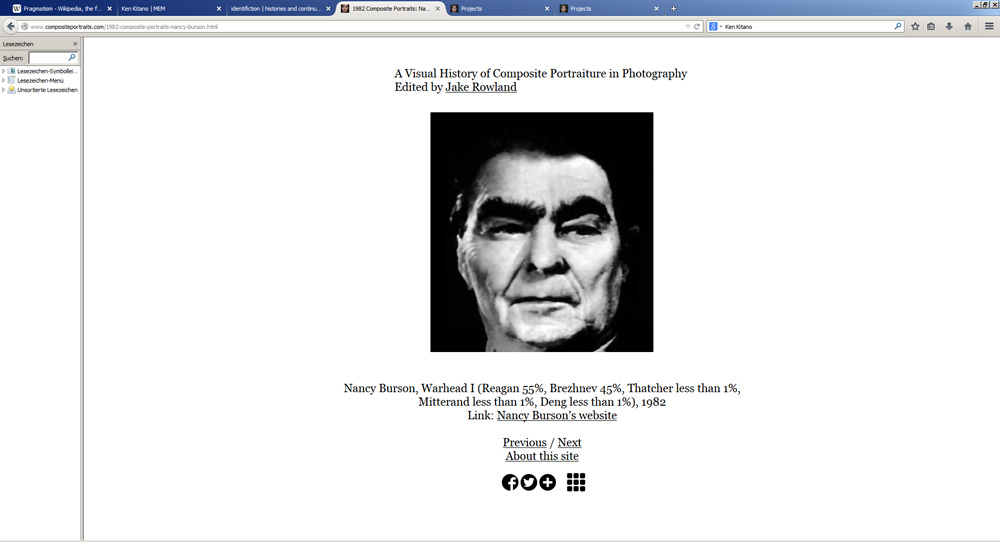Popularisation and Populism in the Visual Arts, Ed: Anna Schober, London: Routledge, 2019.
Including a text of mine: „Facing Everybody? Composite Portraiture as Representation of a Common Face“ (Raul Gschrey)
This book investigates the pictorial figurations, aesthetic styles and visual tactics through which visual art and popular culture attempt to appeal to “all of us”. Scholars from several European countries discuss a key figure these practices bring into play—the “everybody”—in an interdisciplinary way. The contributions focus on the operation and genealogies of popularisation and communication practices, which can assume populist forms, in contemporary democracies. They also address the ambivalences of attraction, i.e. the ways in which visual creations evoke for example desire as well as hatred, invite identification or produce rejection and trigger mimicry as well as conversion processes.












